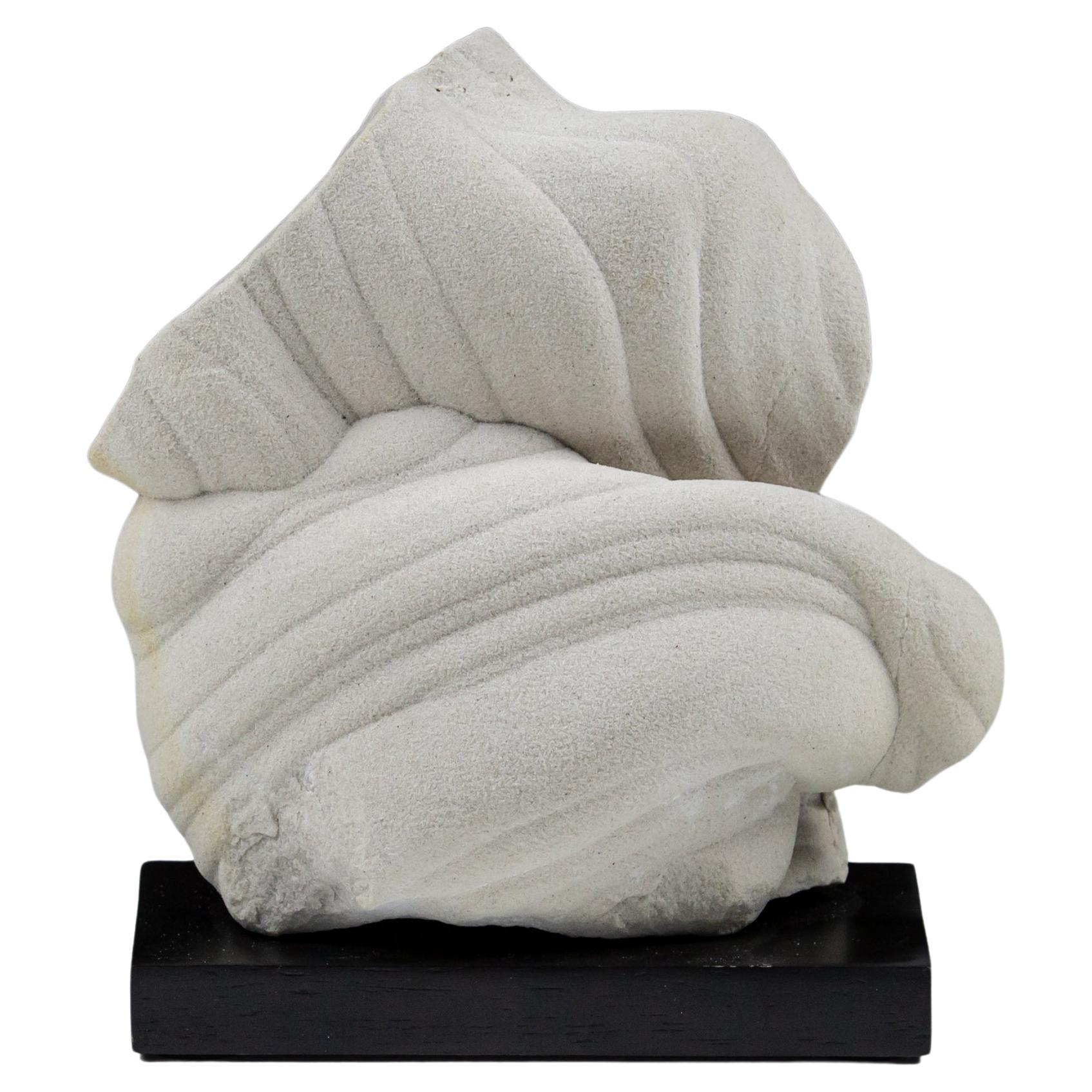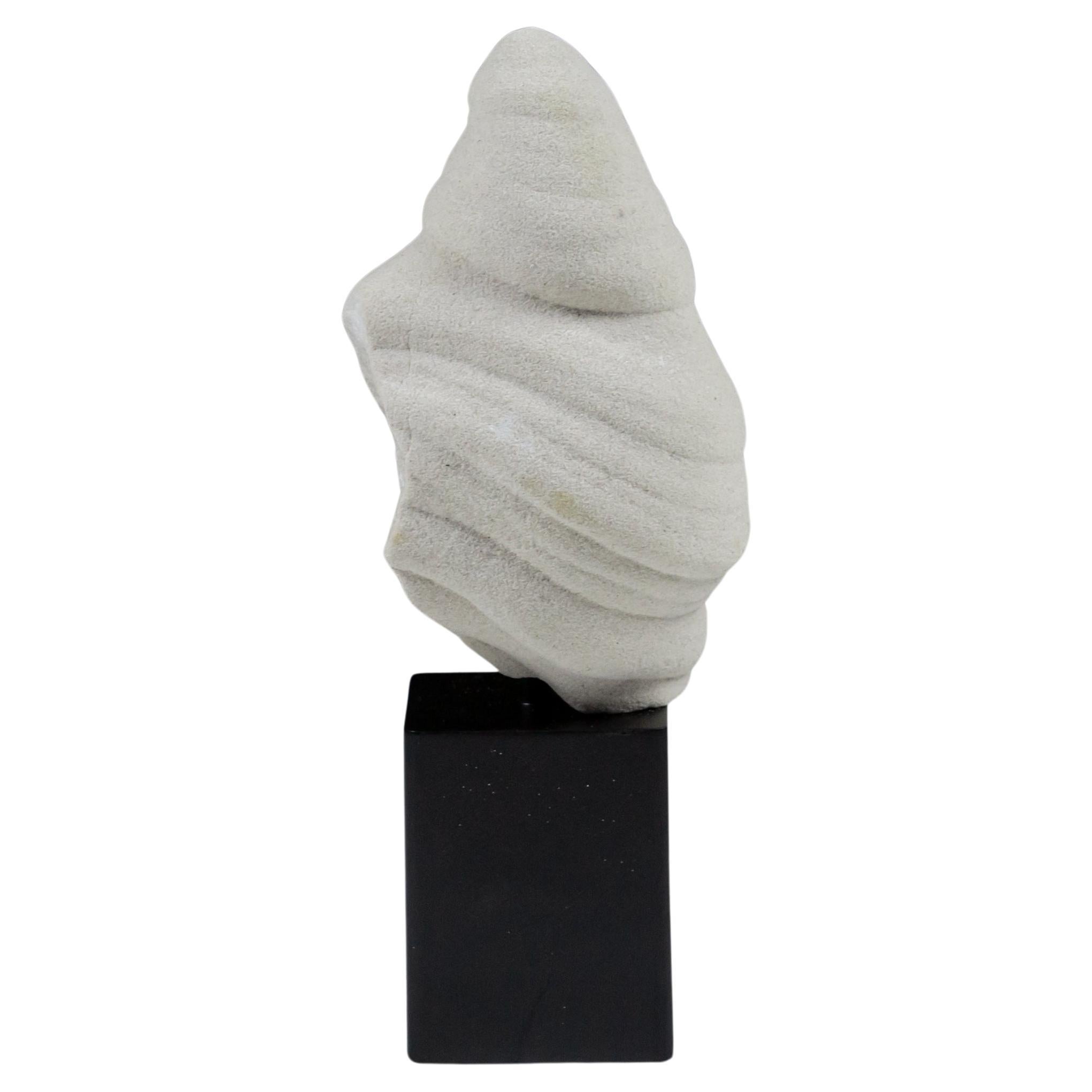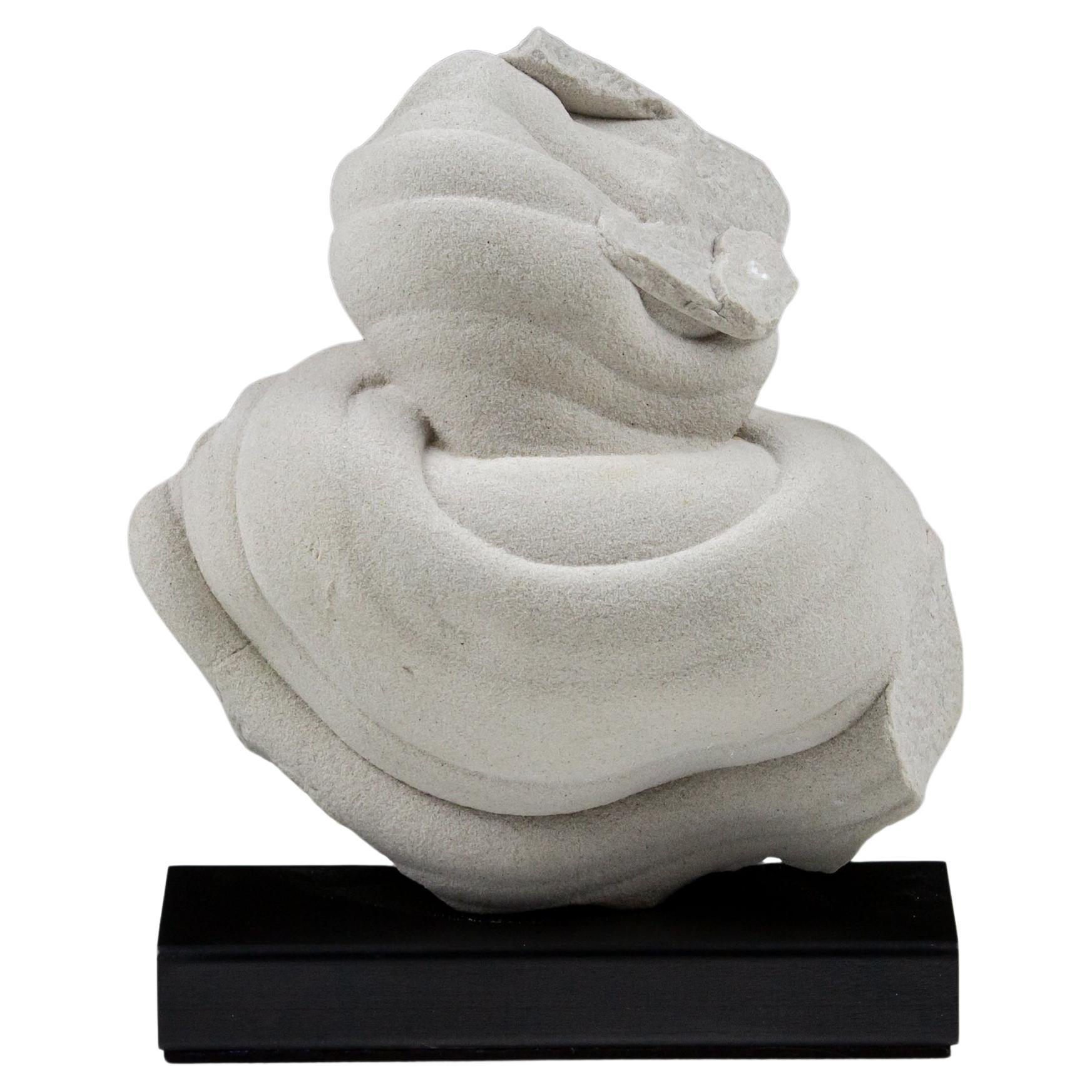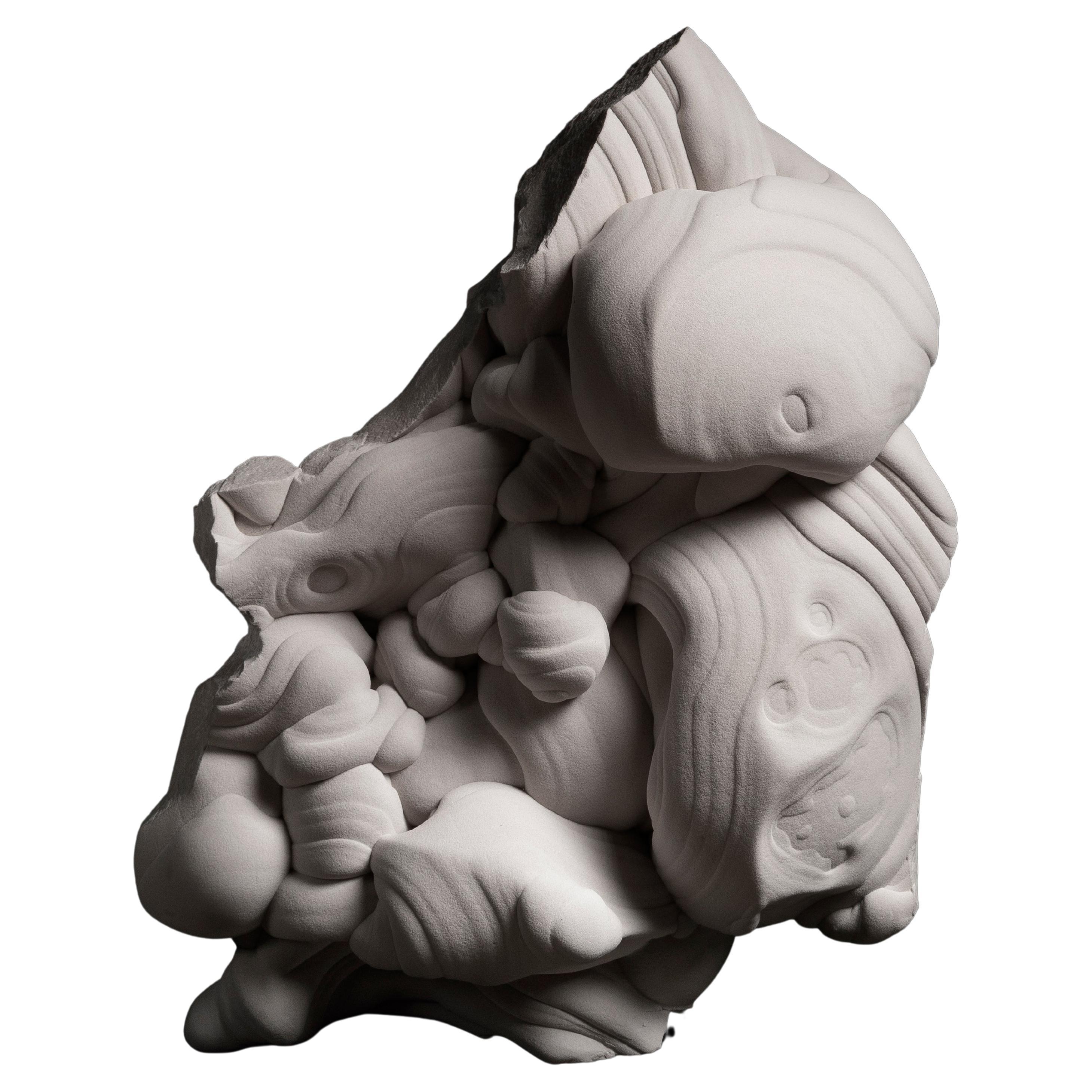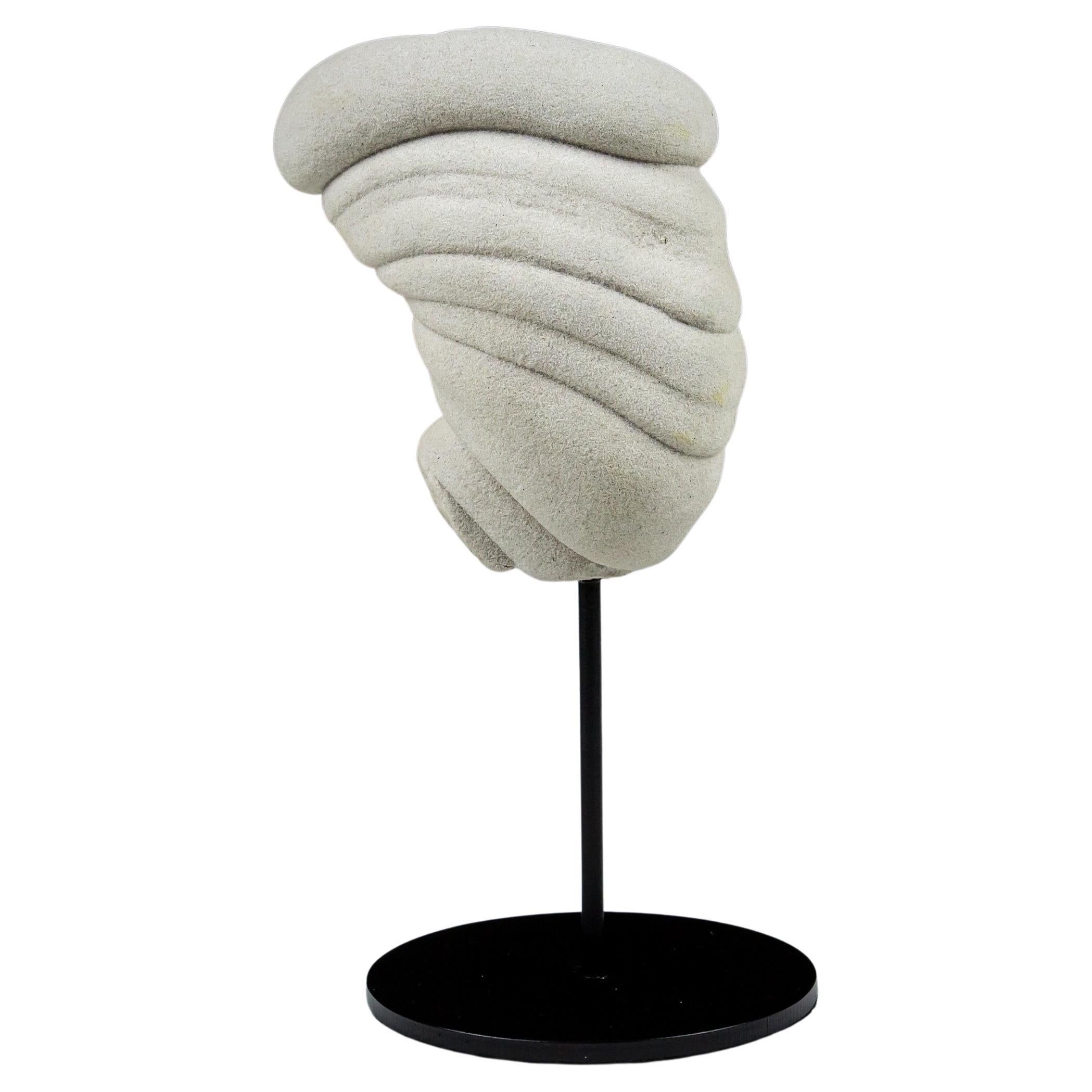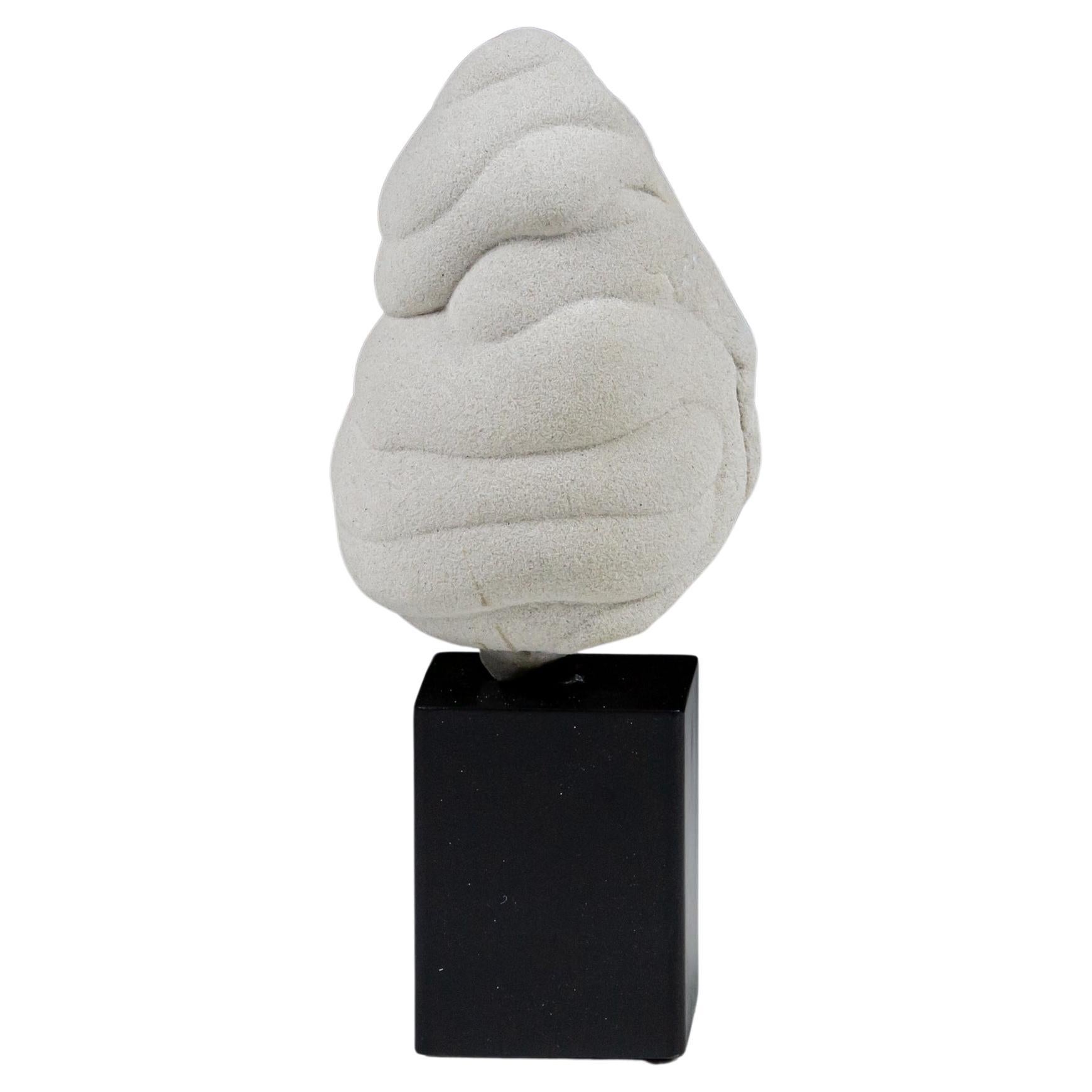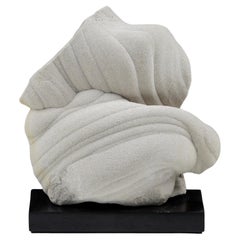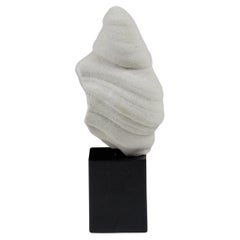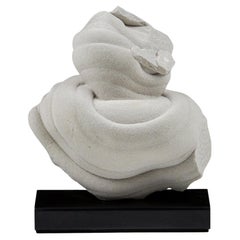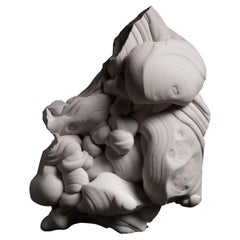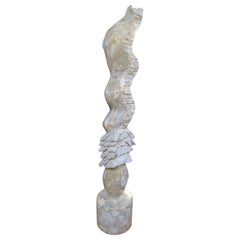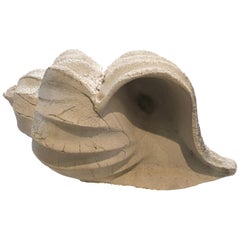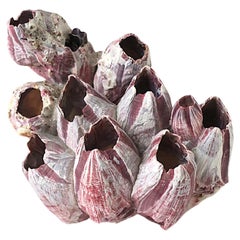Want more images or videos?
Request additional images or videos from the seller
1 of 12
A Gogotte Formation
$3,964.27
£2,900
€3,420.45
CA$5,515.78
A$6,172.28
CHF 3,210.89
MX$74,371.28
NOK 40,423.61
SEK 38,193.58
DKK 25,531.85
About the Item
A Gogotte Formation - The Hand Fontainbleau, France Oligocene Period Measurement Inc Stand. Gogottes are beautiful and beguiling mineral formations. They are rare and entirely natural result of calcium carbonate binding with extremely fine quartz grains. Each sculptural layer is a unique composition from the mineral-rich waters of Fontainebleau, northern France, with the shapes evoking clouds and dreamlike imagery. The mineralization process takes place over the course of approximately 30 million years, with every formation a uniquely shaped wonder. As a prime example of the blend between nature and art. Gogottes have an acclaimed reputation spanning centuries. As early as the late seventeenth century Louis XIV "the Sun King" of France (r. 1643-1715) was so enamoured by these formations that he ordered extensive excavations around Fontainebleau, in order to decorate his palace gardens. Gogottes still adorn the gardens at Versailles, and continue to enchant and delight visitors as they have for over 300 years. It is perhaps unsurprising that gogottes served as inspiration for artists well into the 20th century, they were particularly well received by impressionist and surrealist sculptors. In particular, the recumbent figures by Henry Moore. More recently, a large specimen was gifted to London's Natural History Museum, in honour of naturalist and broadcaster David Attenborough's 90th birthday.
- Dimensions:Height: 16.54 in (42 cm)Width: 8.27 in (21 cm)Depth: 5.52 in (14 cm)
- Materials and Techniques:
- Place of Origin:
- Period:
- Date of Manufacture:Oligocene Period
- Condition:Additions or alterations made to the original: Mounted on a Museum Stand.
- Seller Location:Pease pottage, GB
- Reference Number:1stDibs: LU2371341543642
About the Seller
4.9
Vetted Professional Seller
Every seller passes strict standards for authenticity and reliability
Established in 2014
1stDibs seller since 2016
164 sales on 1stDibs
Typical response time: 1 hour
- ShippingRetrieving quote...Shipping from: Pease pottage, United Kingdom
- Return Policy
Authenticity Guarantee
In the unlikely event there’s an issue with an item’s authenticity, contact us within 1 year for a full refund. DetailsMoney-Back Guarantee
If your item is not as described, is damaged in transit, or does not arrive, contact us within 7 days for a full refund. Details24-Hour Cancellation
You have a 24-hour grace period in which to reconsider your purchase, with no questions asked.Vetted Professional Sellers
Our world-class sellers must adhere to strict standards for service and quality, maintaining the integrity of our listings.Price-Match Guarantee
If you find that a seller listed the same item for a lower price elsewhere, we’ll match it.Trusted Global Delivery
Our best-in-class carrier network provides specialized shipping options worldwide, including custom delivery.More From This Seller
View AllNatural Gogotte Specimen Formation
Located in Pease pottage, West Sussex
A Gogotte Formation
Of natural form, dating from the Oligocene period (30 Million years ago). Beguiling natural mineral formation, they are the result of calcium carbonate binding w...
Category
Antique 15th Century and Earlier French Natural Specimens
Materials
Stone
Natural Gogotte Specimen Formation
Located in Pease pottage, West Sussex
A Gogotte Formation
Of natural form, dating from the Oligocene period (30 Million years ago). Beguiling natural mineral formation, they are the result of calcium carbonate binding w...
Category
Antique 15th Century and Earlier French Natural Specimens
Materials
Stone
Natural Gogotte Specimen Formation
Located in Pease pottage, West Sussex
A Gogotte Formation
Of natural form, dating from the Oligocene period (30 Million years ago). Beguiling natural mineral formation, they are the result of calcium carbonate binding w...
Category
Antique 15th Century and Earlier French Natural Specimens
Materials
Stone
Natural Gogotte Specimen Formation
Located in Pease pottage, West Sussex
A Gogotte Formation
Of natural form, dating from the Oligocene period (30 Million years ago). Beguiling natural mineral formation, they are the result of calcium carbonate binding w...
Category
Antique 15th Century and Earlier Natural Specimens
Materials
Stone
Natural Gogotte Specimen Formation
Located in Pease pottage, West Sussex
A Gogotte Formation
Of natural form, dating from the Oligocene period (30 Million years ago). Beguiling natural mineral formation, they are the result of calcium carbonate binding w...
Category
Antique 15th Century and Earlier French Natural Specimens
Materials
Stone
Natural Gogotte Specimen Formation
Located in Pease pottage, West Sussex
A Gogotte Formation - Running
Fontainbleau, France
Oligocene Period
Light Weathering Measurement Inc Stand.
Gogottes are beautiful and beguiling mineral formations. They are rare ...
Category
Antique 15th Century and Earlier French Natural Specimens
Materials
Stone
You May Also Like
Natural Gogotte Formation
Located in London, GB
A magnificent example of a gogotte formation composed of thick swirls and folds of sparkling sandstone. Discovered in the Oligocene sand dunes of Fontainebleau, France, formed circa 30 million years before present or later.
The incredible, almost otherworldly appearance of gogottes may easily be mistaken for the work of a most talented artist. In fact, these sandstone sculptures are entirely natural in origin. They have been found in multiple locations but those from Fontainebleau, such as the present example, are the most remarkable. Thirty-five million years ago, a sea covered what is now the forest of Fontainebleau, and dunes of exceptionally fine and homogenous sand formed. As silica-rich water filtered through this sand, it turned into stone. The flow of water finely modelled the sandstone into the aesthetic concretions we now know as gogottes. These are rare and are only found sporadically several metres deep into the ground. They owe their sparkling white appearance to the extreme and unmatched purity of the Fontainebleau sand, sometimes reaching a composition of 99.9% silica. Each of them is unique – a masterpiece slowly fashioned by the hands of Nature.
The intriguing name of “gogotte” was coined by French geologist Claude Guillemin (1923- 1994), who was inspired by the children’s book series Babar the Elephant. In one of the books, a group of monsters called Gogottes are shown hiding behind rocks. These rocks reminded Guillemin of the sandstone concretions...
Category
Antique 15th Century and Earlier Natural Specimens
Materials
Other
Marble Sculpture
Located in Brooklyn, NY
Beautiful marble sculpture with both polished and chiseled features. Long and wavy top sits on a round base.
(Please confirm item location - NY or N...
Category
20th Century Abstract Sculptures
Materials
Stone
$560 Sale Price
30% Off
Plaster Shell
Located in Dallas, TX
Vintage plaster shell with old patina and wear.
Category
Mid-20th Century Abstract Sculptures
Materials
Plaster
$2,900
Seashell Natural Specimen
Located in New York, NY
A natural white, dark pink, and amethyst purple barnacle seashell specimen piece. Piece works well as a standalone decorative object, with other seashells, as a display piece, etc. S...
Category
20th Century Natural Specimens
Materials
Shell
Gogotte, natural sculpture from Fontainebleau, France.
Located in MARSEILLE, FR
This desk size Gogotte is an authentic proof of nature's artistic skills in sculpture.
We still don't understand fully how these natural sculptures, made of more than 99% of pure si...
Category
Antique 15th Century and Earlier French Natural Specimens
Materials
Sandstone
Vintage Boho Abstract Stone Sculpture
Located in West Palm Beach, FL
This Vintage Boho Abstract Stone Sculpture exudes organic charm with its fluid lines and natural textures. Perfect as a centerpiece or accent piece, it brings a touch of artistic fla...
Category
Late 20th Century American Abstract Sculptures
Materials
Stone
